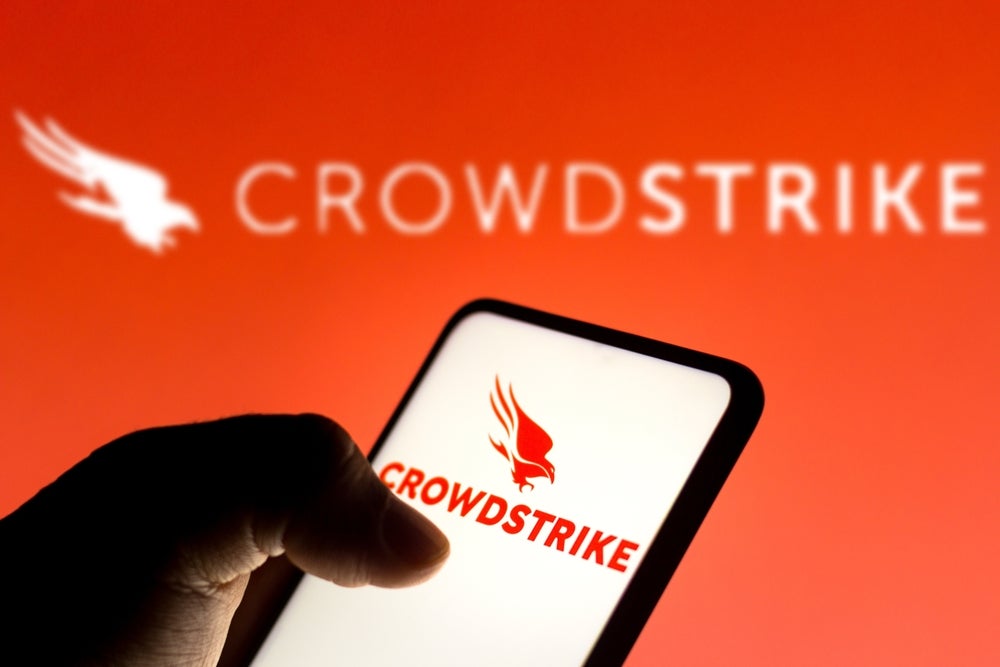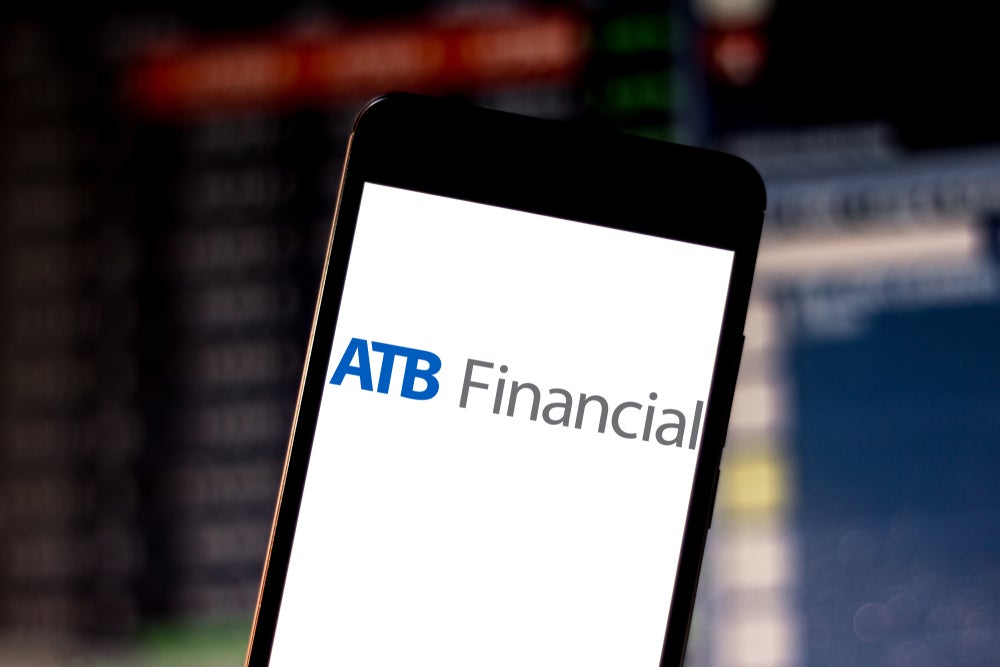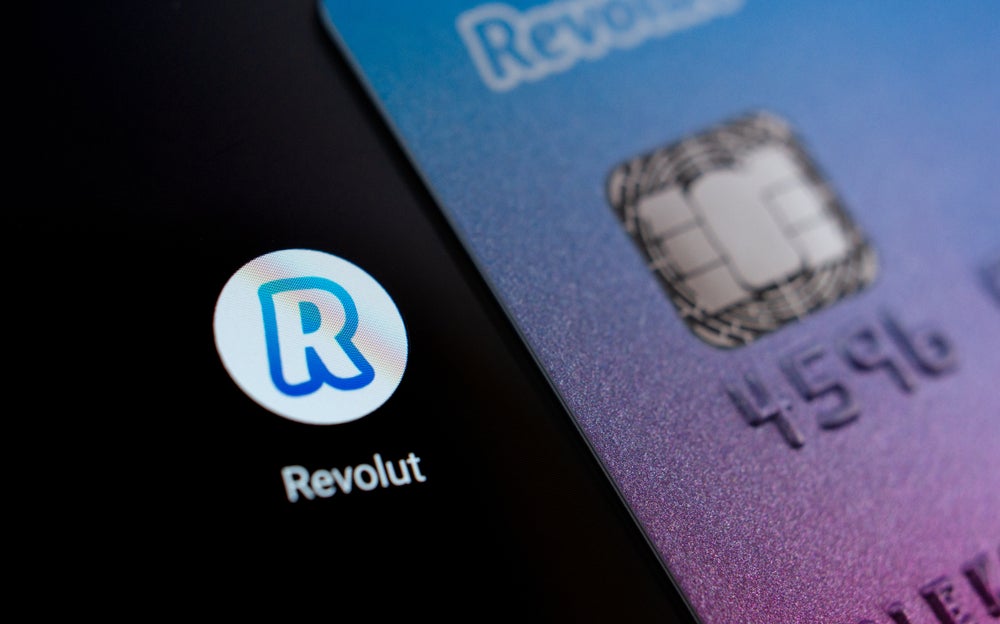The move towards digital communication can happen in different ways. Striata studies three high street banks that approached the move toward digital communication in different ways. Striata CEO, Michael Wright examines what makes a successful paperless strategy to eliminate the costly burden of ‘double dippers’
You may have a largely online base, but have they turned off paper? To achieve true digital engagement success, you need to change your customers’ behaviour.Banks can change this with the right approach to their secure electronic customer communication management projects -focus on turning the paper off, not just turning the electronic process on. This is important because the market typically suffers from ‘double-dippers’ who sign up for electronic billing, but then don’t turn the paper off.
Ask any financial audience and the majority will agree that eBilling, secure document delivery and eInvoicing are all good things. In fact, anything that reduces paper and rewards you with significant cost savings as a result is good. But, traditionally the ‘PULL’ (online portal) model requires effort, as customers have to proactively register or sign-up for these programs. Expecting customers to behave very differently (registering and visiting a portal, compared to doing nothing to receive the document through their post box) has prevented the mass adoption of what seems to be a ‘no brainer’ in today’s online world. This first-generation approach to digital communications is not a "low effort" process for the customer.
"30 to 40 percent of consumers receive their financial statements and bills online and on paper — which is known as "double dipping." 2011 PayItGreen Research, conducted by Javelin Strategy and Research on behalf of NACHA — The Electronic Payments Association.

How well do you really know your competitors?
Access the most comprehensive Company Profiles on the market, powered by GlobalData. Save hours of research. Gain competitive edge.

Thank you!
Your download email will arrive shortly
Not ready to buy yet? Download a free sample
We are confident about the unique quality of our Company Profiles. However, we want you to make the most beneficial decision for your business, so we offer a free sample that you can download by submitting the below form
By GlobalDataFormula for paperless success = A great customer experience that requires low effort
As many secure electronic customer communication management projects hit a plateau of customer adoption,so the cost of turning-off each piece of paper increases. The project team then hands the hot potato of paperless adoption to the marketing team to come up with ever more inventive and desperate incentives for customers to suppress paper.
Paperless success lies in your ability to change your customer’s behaviour – one page at a time. To ensure a smooth, easy transition, you need the alternativeto mimic their current experience as closely as possible. And even better: enhance it. The reality is that your customers should not have to do anything to go paperless; they are demanding an alternative solution to print that is convenient, easy to use, environmentally friendly and that can be accessed on multiple devices…
Email the channel of choice
It is important to consider that economically active people (aka great customers) all have email and most will be reading, executing and archiving emails multiple times a day on multiple devices. It follows that sending your documents via email (as a secure attachment), is the obvious channel choice. But it’s not just about channel, if the move to digital demands very different behaviour, it’s still not going to succeed. It’s a combination of right channel and right electronic consent (or eConsent) process. Any effort required by your customerscould see at least 70% of your base dropping off.
It is evident that email is the preferred electronic delivery channel for secure customer communications…

The case studies tell the story
Here are some case studies involving three banking projects, using different channelsin combination with different eConsent approaches. Bank A considered email delivery but reverted to a ‘PULL’ only solution, while Bank B & Bank C opted for ‘PUSH’ (email) but with different paperless adoption strategies.
The results from each project clearlyindicate the value of selecting the right channel and an effort free approach to gaining consent.

The results
Bank A:
This project was over before it began. The web portal team took over the project and didn’t want any interference with their current model – potentially due to personal incentives. Apparently, less than 5% of the one million customers have signed up over the past 5 months. And based on the average presented by NACHA,we can assume that nearly 30 to 40 percent of these that receive their financial statements and bills online also receive paper versions.
Results are predictable as most of the customers wanting to use Internet Banking already are. Each incremental percentage adoption is harder than the last.
In order to break through the adoption barrier, a new approach is necessary. Instead of the website-only paperless adoption project, they should include "Push" as an additional option.
Bank B:
Sign-ups are disappointing, with around 2% of the targeted customer base going through the three page registration process.
Although there are consistently hundreds of customers opting-in each day, it falls far short of the thousands required to meet expectations.
It highlights how critical the on-boarding process is. If you have barriers to adoption at the beginning, then it doesn’t matter how compelling the offering is, customers will drop off in droves at each barrier.
Cut through the adoption barriers by offering a registration free paperless process – a simple opt-in via email. This bank is now readdressing their eConsent process to drive better results.
Bank C:
The results after one month were very impressive. Just under half of the initial on-boarding emails were opened and over 85% of customers chose eStatements. A simple YES and NO button forced people to make a choice rather than be double dippers.
Customers in month’s two and three were also opting for Push eStatements, driving the total to 53% of customers (with an email address) turning off paper.
Fantastic results – more than expected and on track to convert 50% of their customer base to eStatements within 6 months.
This has the potential to be a world leading case study for paperless adoption of bank statements when it has run its course. And the long term prognosis is even better as the program keeps running for both old and new customers.
The moral of the story is simple – to move the paperless dial you need the right model – but even that can be negated by a bad customer journey.
Paperless success therefore hinges on your ability to design a journey that enables paper turnoff with low customer effort.








